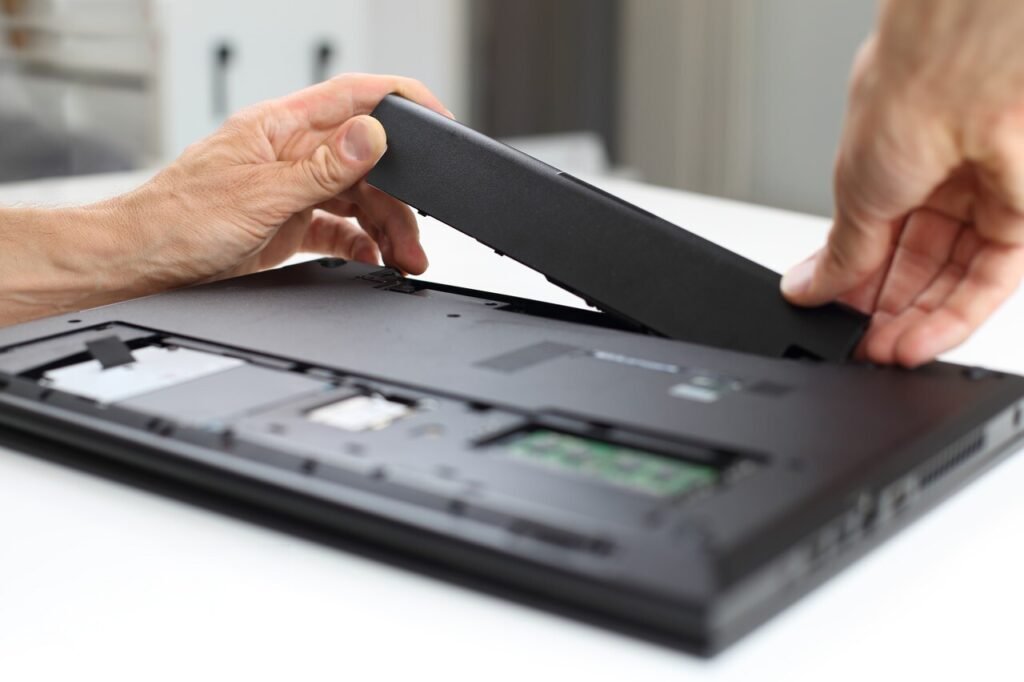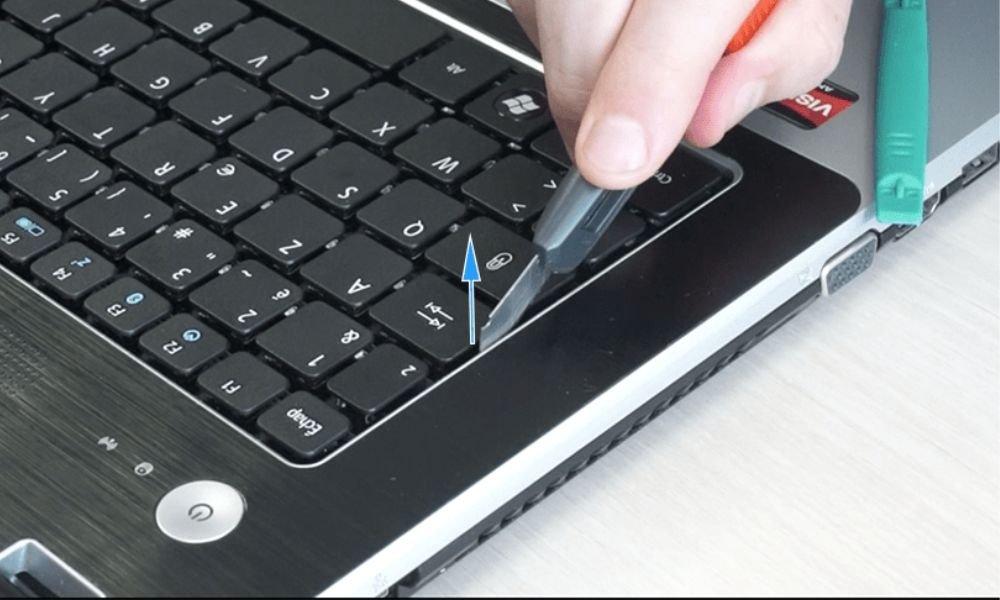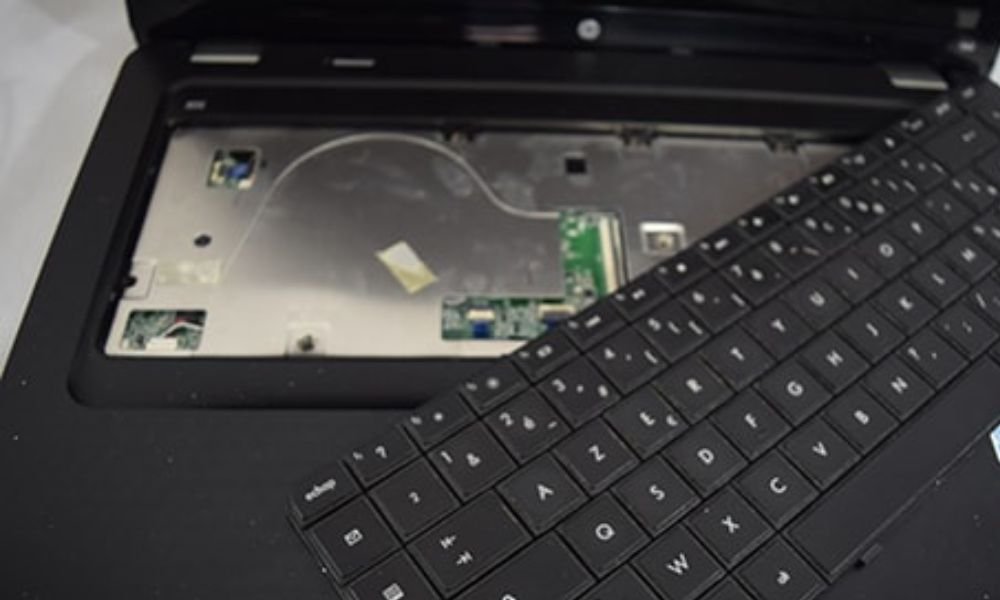A faulty laptop keyboard can quickly become a major hindrance to your productivity. Sticky keys, repeated malfunctions or pronounced wear, the reasons for such inconvenience are numerous. Fortunately, it is not always necessary to rush to a repairer to resolve this problem. Replacing a laptop keyboard is often an operation that anyone can do, as long as you have the right tools and necessary information.
Before you start : the prerequisites!
Before you start replacing your keyboard, it is crucial to take a few precautions and gather the essential elements:
1. Identify your keyboard model
Determining the exact model of your keyboard is crucial to ordering the correct replacement part. This information is usually found on a label on the bottom of the keyboard or in the documentation that came with your laptop. If in doubt, do not hesitate to contact the manufacturer of your device.
2. Acquire the replacement keyboard

Once you have identified the model, you can order a replacement keyboard online or from a specialist retailer. Make sure you choose a keyboard that is compatible with your laptop brand and model.
3. Gather the necessary tools
Replacing a keyboard usually only requires a Phillips screwdriver and a plastic opening tool ( spudger ). You can also get a microfiber cloth to clean the keyboard before installation .
4. Back up your data
As a precaution, back up your important data before beginning any internal manipulation of your laptop.
Step-by-step replacement procedure
Step 1. Disconnect the power supply and remove the battery

For safety reasons, always turn off your laptop, unplug it from the electrical outlet and remove the battery before carrying out any internal work.
Step 2. Locate the Keyboard Retaining Screws
The keyboard retaining screws are usually located under the keyboard or on the back of the display. Locate them and carefully remove them using a Phillips screwdriver.
Step 3. Unclip the keyboard

Once the screws are removed, the keyboard should easily detach from the laptop's chassis . If not, look for retaining tabs or clips that will need to be carefully unlocked using a plastic opening tool.
Step 4. Disconnect the keyboard cable
The keyboard is generally connected to the motherboard by a flat cable . Carefully disconnect this cable by gently pulling on the connector.
Step 5. Clean the Keyboard Compartment (Optional)

Take the opportunity to clean the keyboard compartment to remove any accumulated dust or debris. Use a slightly damp microfiber cloth. If ever, this article will show you how to properly clean your laptop keyboard .
Step 6. Install the New Keyboard
Position the new keyboard in its slot, making sure to align it with the connection pins. Reconnect the keyboard cable to the motherboard.
Step 7. Reattach the Keyboard

Snap the keyboard into place and tighten the retaining screws. Make sure the keyboard is secure and does not move.
Step 8. Replace the battery and plug in the power supply
Replace the battery and reconnect the laptop to power.
Step 9. Test the new keyboard
Turn on your laptop and test all the keys on the keyboard to make sure they work properly.
Additional Tips

- If you have difficulty removing the keyboard, do not hesitate to consult a video tutorial specific to your laptop model.
- If you have any doubts or problems, do not hesitate to contact the technical support of your device manufacturer.
- Keep the defective keyboard in case you need to return it to the manufacturer for warranty.
Conclusion
Replacing a laptop keyboard may seem like a daunting task at first, but with a little patience and carefully following the instructions, you should be able to do it yourself without major difficulty. By saving on repair costs, you'll save time and money while extending the life of your laptop.




